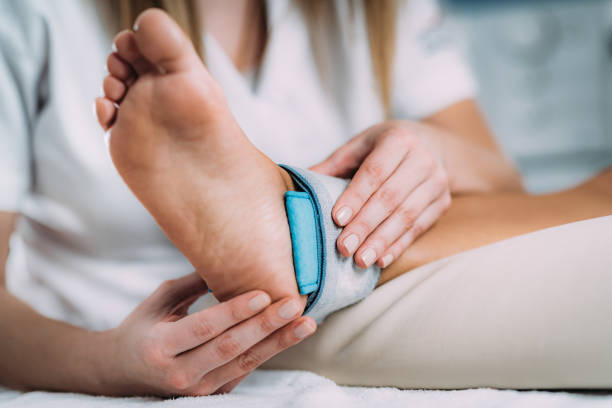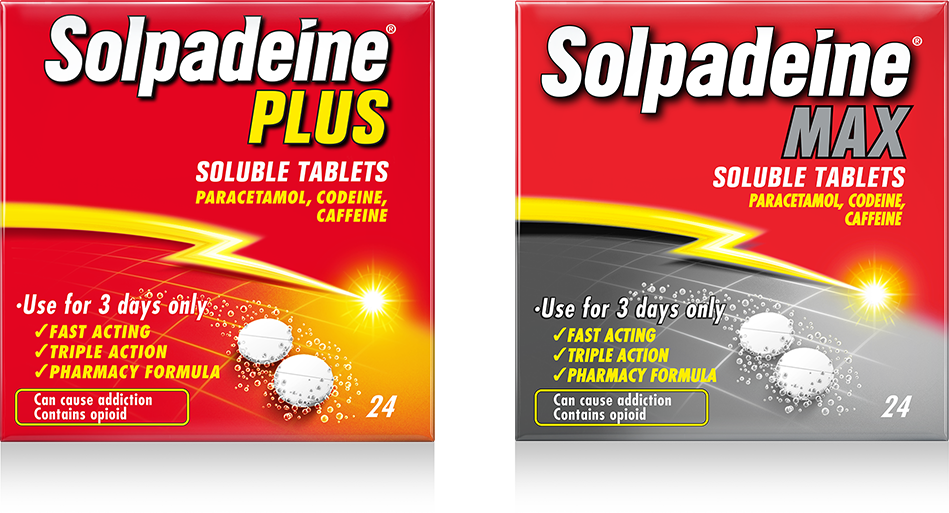What is ankle pain?
Ankle pain is common and can easily happen if we fall or miss a step, causing us to twist our foot.
Ankle pain causes
Ankle pain is commonly due to a sprain, and this can happen to anyone. Most of us will have accidentally twisted our ankle through a fall or missing a step, which sprains our ankle by stretching, twisting or tearing a connecting ligament.1

Ankle pain types
There are lots of reasons why you may have a sore ankle. For example, tendonitis can cause pain and stiffness in any joint, including ankles, when a tendon becomes inflamed after an injury.2
Some people experience ankle nerve pain due to tarsal tunnel syndrome, which creates pain, numbness, or tingling along what’s called the ‘tibial nerve’ which runs down the inner ankle.3
Ankle pain symptoms
When you sprain your ankle, the pain can be sudden and severe, and cause swelling and bruising that is very tender to the touch.4
Ankle pain relief
There are plenty of techniques you can try at home to manage your ankle pain. The first thing to do is avoid walking on your injured ankle or doing any strenuous activities. To get short-term relief from ankle pain try the RICE approach of Rest, Ice, Comfortable Support, and Elevation. This involves resting the joint to prevent further injury, and applying an ice pack for 15 minutes using a support bandage to hold it in place that covers the area to the next joint. Finally, elevate the injury and support it with something soft, like a cushion.5
For ankle pain relief try Solpadeine Plus or Solpadeine Max. Your pharmacist will be able to give you more advice, and you should talk to your GP if your pain gets worse or persists for more than a few days.

Treat my pain
The Solpadeine range of clinically proven dual and triple action painkillers deliver pain relief when you need it most

References:
1. NHS: Sports injuries. Available at: https://www.nhs.uk/conditions/sports-injuries/types/ Accessed July 2021.
2. NHS: Tendonitis. Available at: https://www.nhs.uk/conditions/tendonitis/ Accessed July 2021.
3. Healthline: Tarsal Tunnel Syndrome. Available at: https://www.healthline.com/health/tarsal-tunnel-syndrome Accessed July 2021.
4. NHS: Foot and ankle pain. Available at: https://www.nhs.uk/conditions/foot-pain/ankle-pain/ Accessed July 2021.
5. St John Ambulance. How to treat strains and sprains. Available at: https://www.sja.org.uk/get-advice/first-aid-advice/bones-and-muscle-injuries/strains-and-sprains/ Accessed July 2021.
Solpadeine® Max Soluble Tablets, Paracetamol 500mg, Codeine Phosphate Hemihydrate 12.8mg, Caffeine 30mg For the treatment of acute moderate pain which is not relieved by paracetamol or ibuprofen alone. Contains codeine. Can cause addiction. Use for 3 days only. Always read the leaflet.
Solpadeine® Headache Soluble Tablets contain Paracetamol and Caffeine – a mild analgesic and antipyretic formulated to give extra pain relief. Always read the leaflet.
Solpadeine® Plus, Solpadeine® Max and Solpadeine® Headache products are not recommended for children under 12 years of age.
SolpaOne® 1000mg Effervescent Tablets contains paracetamol only. For the treatment of mild to moderate pain and/or fever. For adults and adolescents over 50kg of body weight aged 16 years and above. Always read the leaflet.

